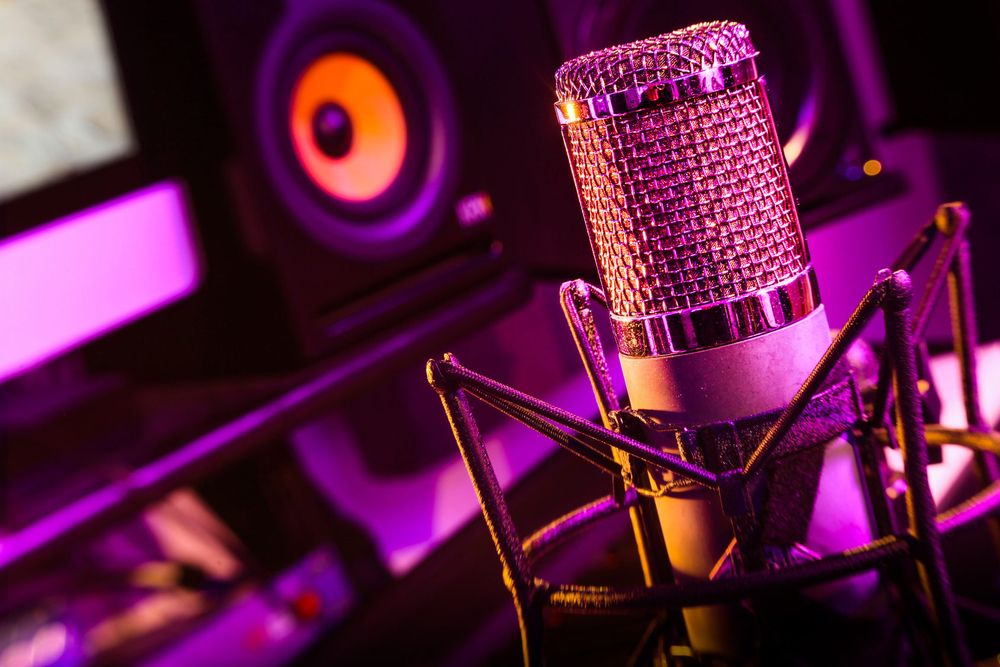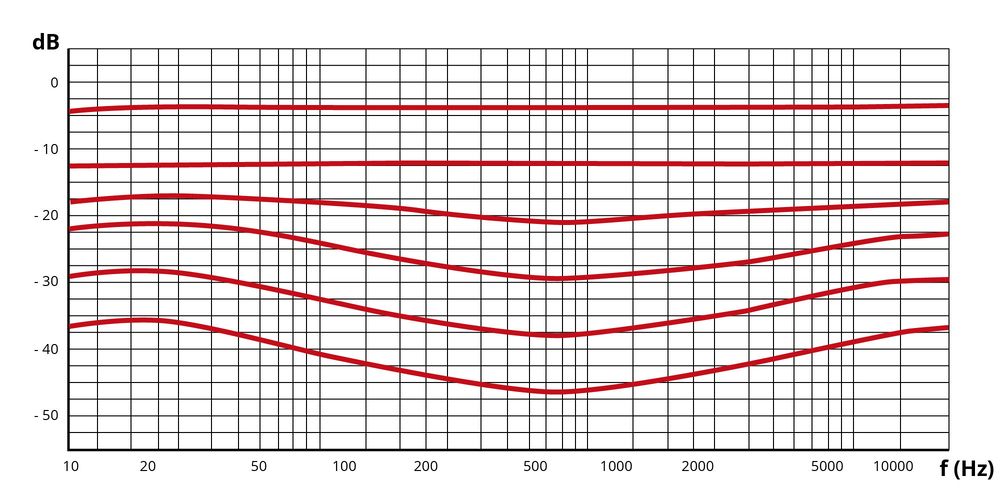7. Monitoring Levels
One thing is for sure: the safest way to damage your hearing is to expose yourself to high volumes regularly! But what qualifies as high monitoring levels? And what monitors perform well at lower or moderate volumes? Here's a piece of studio wisdom: all music mixes that sound good on a good quality, transparent monitor at low to moderate listening levels will also sound good on the most powerful club sound system.
Bottom line: if you primarily listen at lower to moderate volumes, you not only protect your hearing but also maintain your ability to critically assess your productions. Listening loudly impairs judgment! It can make it challenging to discern whether an instrument is in tune, if a singer is hitting the right notes, or if a sound is clean or distorted.
Occasionally, listening loudly can also be useful. For instance, it can help assess and fine-tune the frequency distribution of individual instruments, make detailed adjustments to effects like reverb or flanger during a mixdown, or evaluate the balance between direct sounds and reverb. When evaluating the rhythmic performance of a musician, listening a bit louder can also prove to be quite useful.
By the way, the human ear perceives volume differently depending on the frequency range. Volume perception is much more sensitive in the mid-frequency range around 1kHz. These differences in perception are more pronounced at lower volumes. In the hi-fi domain, a loudness control is used to adjust frequencies to match the ear's perception. However, in the studio, no frequency-correcting circuits are used for objective sound evaluation. Famous sound engineer Bruce Swedien (known for his work with Michael Jackson) recommends listening at around 83 dB because at this level, the ear's perception is most consistent.




